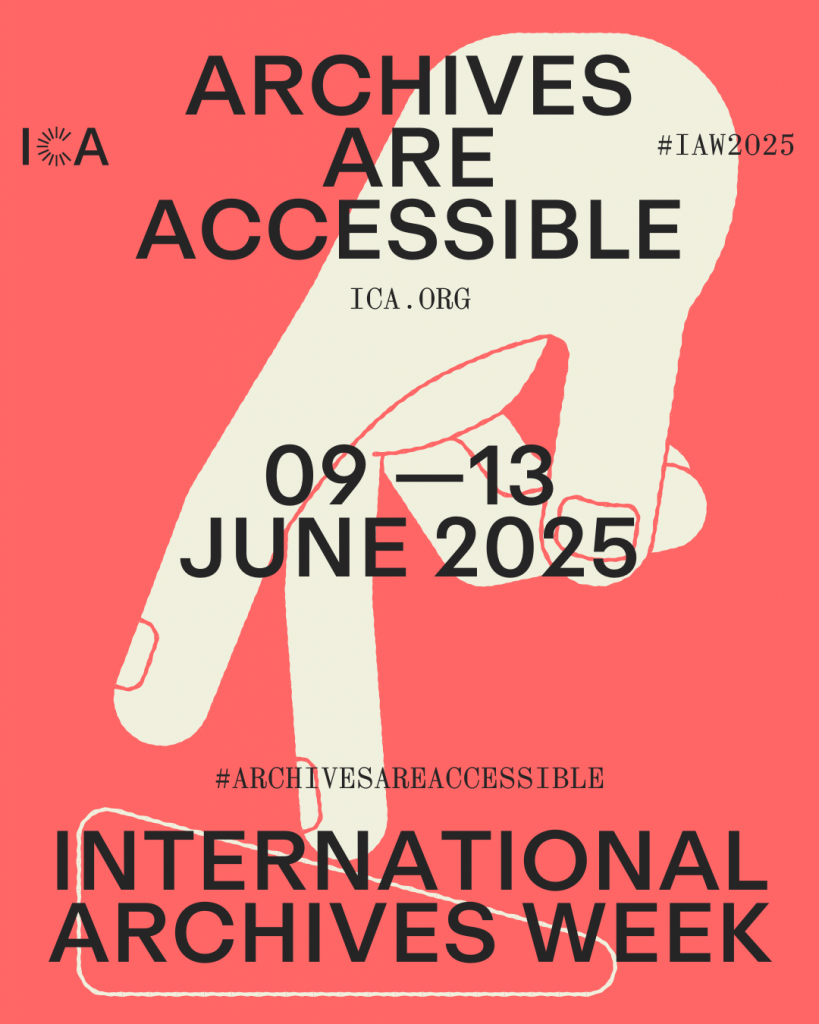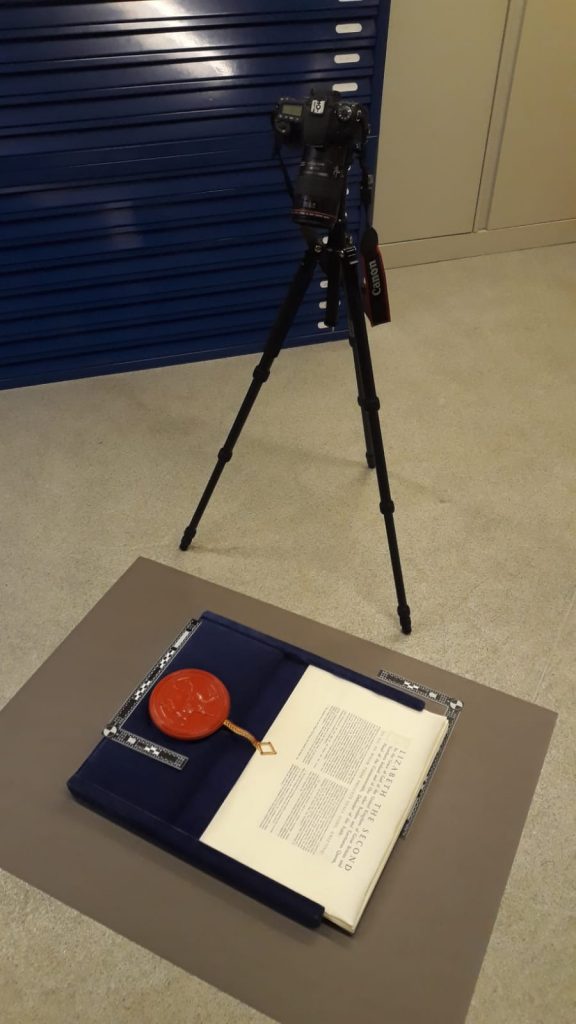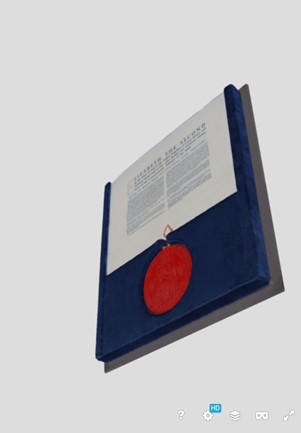3-D modelling of the University Charter
By Camille Moret, University Archivist.
LUA is actively engaging with this year’s International Archive Week theme #ArchivesAreAccessible: Archives for Everyone.

We have been conducting activities to further access to our collections for our users and beyond, as well as taking a step back to reflect on the nature of HE archives, and what it means in terms of both access and accessibility. Today, we are showcasing our work to create a 3D model of the University Charter.

In 1966, Loughborough College, previously a Technology Institute, became Loughborough University, by Royal Charter. For a long while, the Charter was proudly displayed in various areas of campus, before being “retired” to the University Archive, slightly worse off for the wear. As the 60th anniversary of the Charter looms, this begs the question…
What do we have to show for it?
The Charter is an unwieldy, heavy, albeit extremely precious artefact from our collections. Its contents are well known and as far as its informational value is concerned, we can make it readily available and other “vessels” exist (statutes and amendment amongst others). But our stakeholders want to “see” and “touch”, they want “the real deal”. The Charter’s auratic dimension and its power to authenticate our identity as a University are intrinsically meshed.
It is likely that the Charter will be on display for some of 2026, and that has conservation impacts that we cannot ignore. Our stakeholders from the London campus and overseas, alumni and former staff communities, will want to be part of the celebration as well. Questions as to how, when, where must be answered. All these problems might be solved by a digital surrogate, and we have chosen to explore what 3-D modelisation can afford us in terms of not just providing informational contents but fulfilling aspects of material culture consumption as well.
In March 2025, several dozens of photographs were taken and software like Blender were used to create a 3-D model of the Charter and its seal. At this stage, we do not know yet how effective and relevant this will be in terms of access, but it seemed a good idea to use the Charter and upcoming anniversary as a sandbox to explore technological opportunities to improve accessibility of multidimensional material – especially artefacts – that are not readily “legible”, or at least not in the traditional sense.

Next in this pilot will be our 1948 Olympic torch, as a highly demanded albeit equally precious and rare holding of LUA.
Open Research
Copyright, Open Access and all things Open Research
Join the discussion
1 Comment
Try Veo 3
It’s great to see how Loughborough University is utilizing modern technology to preserve its history. The 3D model idea is brilliant – it’s such an innovative way to make something so historically significant more accessible to the wider community while still protecting the original.